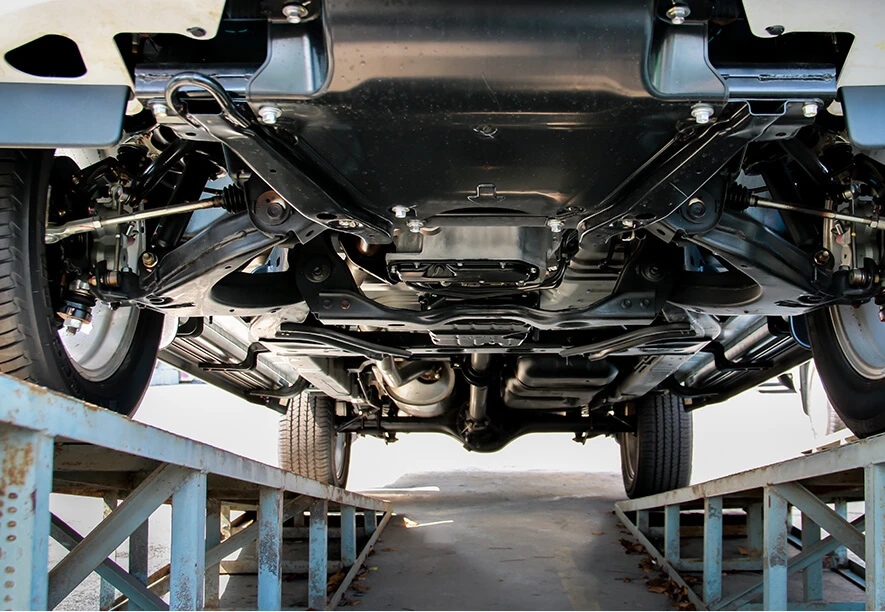Introduction
Our expectations of how our cars should handle our finances are frequently inspired by urban legends. You know the type, they are always boasting about their beloved sedan, which they have driven nonstop for ten years and only spent money on for oil changes and fuel. Although the reality is frequently quite different from expectations, there are some standards you would find useful as you head to the store to get the treatment. Do check out promo codes here.
Brakes
Front brake pads should last between 60,000 and 70,000 kilometers. As the front parts are doing the effort, the rears typically last longer. This does not imply that you won’t need to perform some preventative maintenance to get this kind of lifespan. Every year, brakes should be examined. The lifespan of replacement pads or interiors should be equivalent to that of the original equipment.
Tires
On the majority of popular personal automobiles, the original equipment tires will never exceed tires of the same brand and type bought from a retailer. Tires with highly particular operating characteristics are ordered by automakers. They want it to be smooth, quiet, have excellent grip, and function well. They hardly ever consider their longevity. Consider yourself lucky if an original set of tires for every season lasts 50,000 kilometers.
When it’s time to change them, you may search for manufacturers with tires that last longer and have warranties backing them up. Unfortunately, when tire producer agrees to provide products with shorter lifespans to please an automaker, they suffer. An all-season tire should last at least 80,000 kilometers or more if you purchase a replacement set from a reputable national brand.
Shocks And Struts
Similar to engine drive belts, these suspension parts have significantly increased in quality over time and are typically thought of as lifelong units unless the car has been driven on particularly difficult terrain. One of the most basic items for automobile owners to verify themselves is probably these.
Simply press each corner of your car down with your weight to see the number of bounces it takes for it to sit still once more. Any number over two or three indicates that you are receiving more bounce per pound than you should. You may want to think about purchasing some new equipment if this happens.
Belts
In terms of longevity, these modest machines that power steering pumps, engines, pumps for water, and AC compressors have traveled a long way. A few decades ago, engine drive belts were supposed to be changed every 40,000 kilometers or every two years. These belts are capable of lasting four years or a minimum of 100,000 kilometers today. An easy visual inspection can be used to check them. They can continue to run if they are not too glazed, dry cracked, frayed, or strained. Timing belts are typically hidden below an engine cover, making inspection difficult.


How Can Rain Gutters Protect Your Home?
When it comes to safeguarding your home, one often overlooked yet crucial component is rain gutters. These unassuming passages along the edges of your roof play a vital role in maintaining the integrity of your home’s foundation and overall structure. Here’s how rain gutters protect your home from potential water damage and why investing in […]